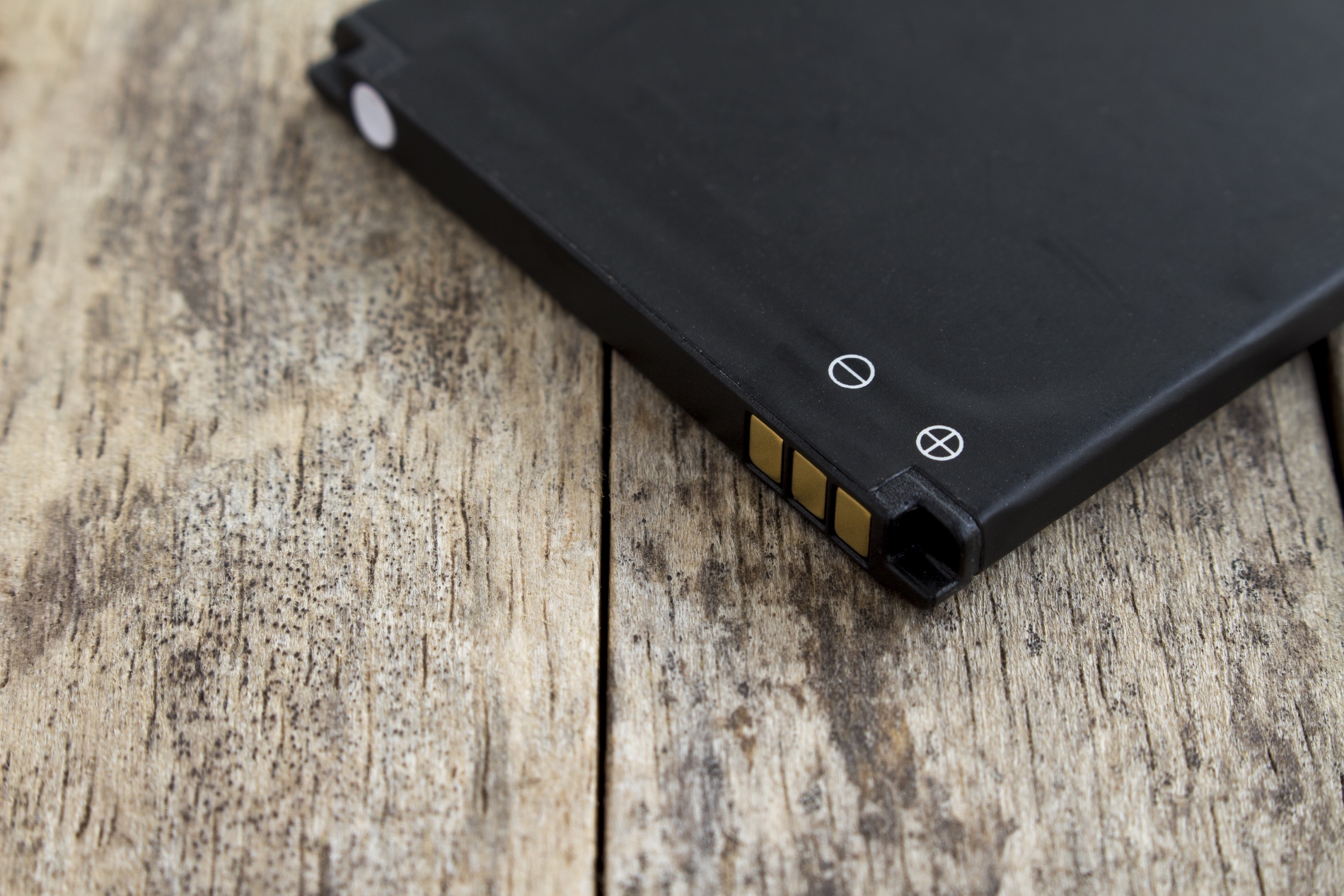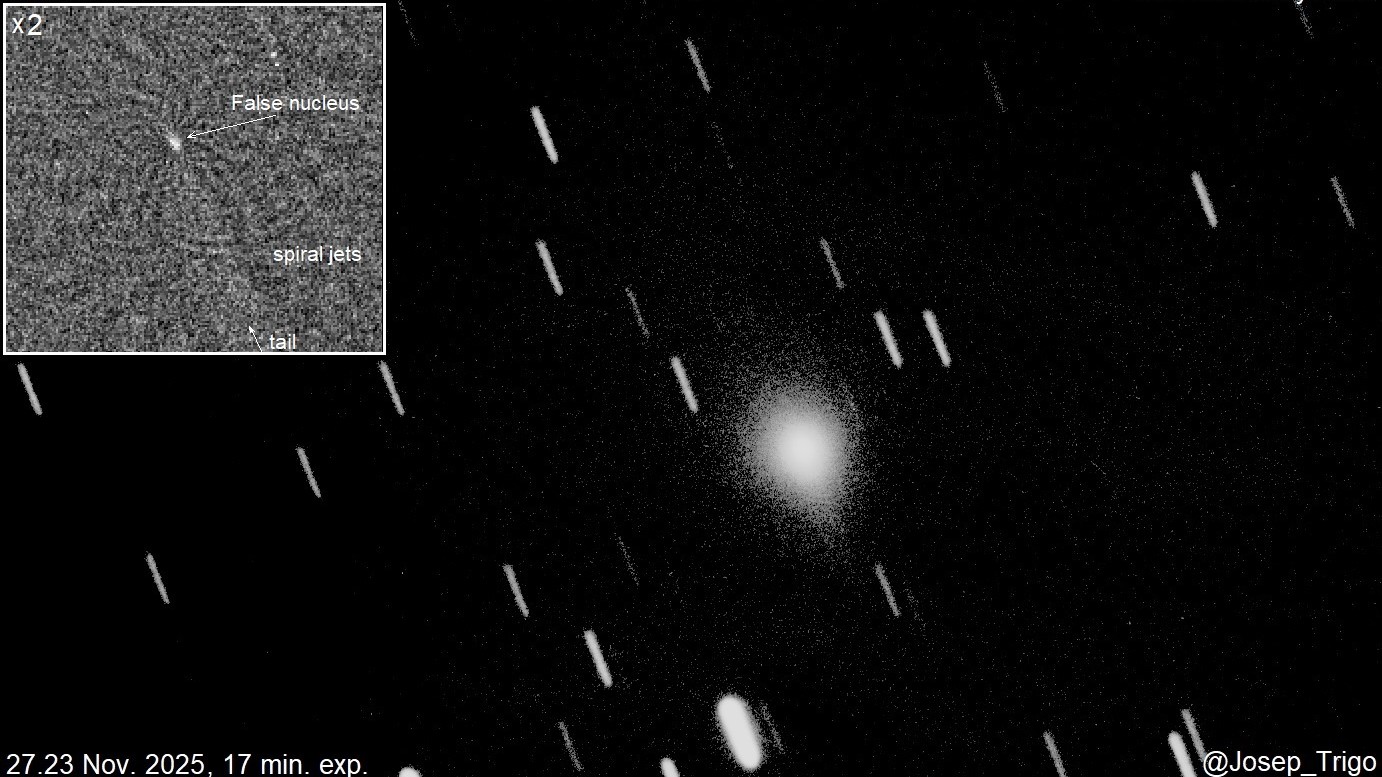3 Scientists Win Nobel Prize in Chemistry for Developing the Lithium-Ion Battery
It powers our life?

It's both the bane of our existence and a godsend. The rechargeable lithium-ion battery powers most of our devices from smartphones to laptops to electric cars. And the three men who were integral to its development have just been awarded the Nobel Prize in chemistry.
John B. Goodenough, M. Stanley Whittingham and Akira Yoshino will share this year's Nobel "for the development of lithium-ion batteries," the Royal Swedish Academy of Sciences said this morning.
Whittingham, of Binghamton University, State University of New York, while developing technologies for fossil fuel-free energy, discovered an energy-rich material that he used to create a cathode (negatively charged electrode) in a lithium-ion battery. When looked at on the molecular level, that cathode — made from titanium disulfide — had little nooks where lithium ions could hide out. The resulting battery, with metallic lithium as the anode, created 2 volts of power.
"However, metallic lithium is reactive and the battery was too explosive to be viable," the Nobel Prize foundation said in a statement.
Goodenough, of The University of Texas at Austin, created a similar battery using cobalt oxide (also with little lithium ions hidden in its empty spaces) as the cathode, resulting in as much as 4 volts of power. "This was an important breakthrough and would lead to much more powerful batteries," the Nobel Prize foundation said.
Then, building on Goodenough's cathode, Yoshino "created the first commercially viable lithium-ion battery in 1985," the Nobel Prize foundation said. Yoshino, who is at the Asahi Kasei Corporation, Tokyo, and Meijo University, Nagoya, Japan, switched out the material for the anode. Instead of metallic lithium, he used a carbon material called petroleum coke that can hide lithium ions in its molecular spaces.
This battery doesn't rely on chemical reactions as others had and instead relies on the flow of lithium ions between the anode and cathode. The result? A lightweight battery that can be charged hundreds of times before its performance takes a hit.
Get the world’s most fascinating discoveries delivered straight to your inbox.
In addition to keeping all our gadgets charged, lithium-ion batteries can store plenty of energy from solar and wind power.
"Lithium-ion batteries have revolutionized our lives since they first entered the market in 1991. They have laid the foundation of a wireless, fossil fuel-free society, and are of the greatest benefit to humankind," the Nobel Prize foundation said.
The three laureates will share the Nobel prize of 9 million kronor (about $909,000).
- Top 10 Greatest Explosions Ever
- Creative Genius: The World's Greatest Minds
- Wacky Physics: The Coolest Little Particles in Nature
Originally published on Live Science.
Jeanna Bryner is managing editor of Scientific American. Previously she was editor in chief of Live Science and, prior to that, an editor at Scholastic's Science World magazine. Bryner has an English degree from Salisbury University, a master's degree in biogeochemistry and environmental sciences from the University of Maryland and a graduate science journalism degree from New York University. She has worked as a biologist in Florida, where she monitored wetlands and did field surveys for endangered species, including the gorgeous Florida Scrub Jay. She also received an ocean sciences journalism fellowship from the Woods Hole Oceanographic Institution. She is a firm believer that science is for everyone and that just about everything can be viewed through the lens of science.


